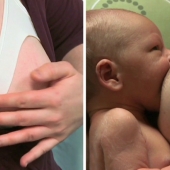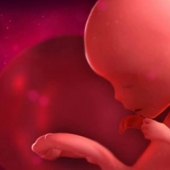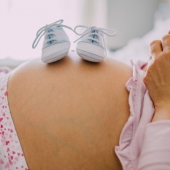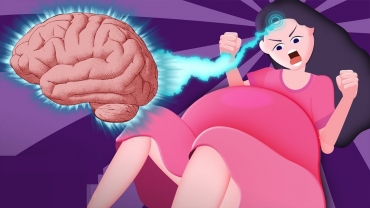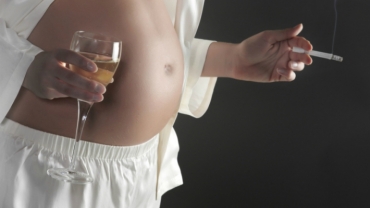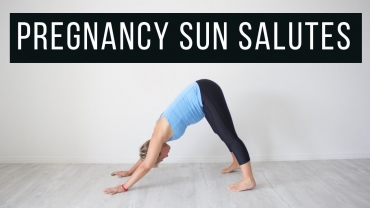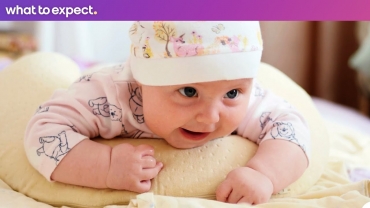Pediatricians recommend that weaning from the bottle begin by the first birthday and finish up no later than 18 months. Learn more about weaning your baby off breastmilk at WhatToExpect.com: https://www.whattoexpect.com/first-ye... Download the What to Expect app: https://itunes.apple.com/us/app/pregn... https://play.google.com/store/apps/de... Heidi Murkoff, creator of What to Expect, is here to guide you through every stage of your baby's life. Watch all of our first year videos: https://www.youtube.com/playlist?list... FOLLOW US: Facebook: https://www.facebook.com/WhatToExpect... Twitter: https://twitter.com/WhatToExpect Pinterest: https://www.pinterest.com/whattoexpect/ Instagram: https://instagram.com/whattoexpect/ Transcript: Maybe the bottle's never been more than second best to breast for your baby, or even third by now, if he's already finding sipping satisfaction in a cup. Maybe the bottle's always been your little one's favorite source of fluids and he's still snubbing the cup, accepting no substitutes for his beloved bottle, especially when he's hungry for a side of comfort. Whatever part the bottle plays in your baby's life, constant companion or occasional convenience, it's time to think about parting ways. Pediatricians recommend that weaning from the bottle begin by the first birthday and finish up no later than 18 months. Seems too soon to give the bottle the boot? Even with a long goodbye? Here's why it might not be. As with so many attachments of babyhood — the paci being another — old habits die hard, and the older the habits and the baby become, the harder they are to break. Weaning a still fairly flexible, more easily distracted one-year-old is like taking candy from a baby, compared to, well, taking a bottle from a two-year-old. Another reason to wave bye-bye to the bottle sooner than later? Look no further than your baby's pearly whites, which will be popping up in quick succession. Drinking anything but water from a bottle puts a baby's teeth at risk, especially if she nips from one all day or sets one down as she falls asleep. Hear this too. Any sucking she does lying down, whether from a bottle or a paci, can lead to ear infections. And since bottles are easier going down than cups are, toddlers may end up drinking more milk or more juice than they need, leaving less room for solids. Convinced that it's weaning time, but not convinced your baby will agree? Here's good news if you've introduced a cup to your baby: you've already begun weaning. If not, that's definitely your first step. For best results, push go, but take it slow. Gradually phase out one bottle feeding at a time and replace it with a cup. Midday bottles are usually easier to drop than morning and evening ones. Then wait a few days before you drop the next bottle. Slowly reduce the quantity of formula, if he's under a year, or whole milk once he's over a year, that you put in a bottle, and top baby off with a cup. If bottles still rule, try setting some rules about how and when your little one takes them. Limit bottle feeds to your lap. Eventually your baby may decide she'd rather have her freedom than a bottle. If she takes a bottle before bed or nap, make sure it's capped off with tooth brushing. Something else to consider: building in a bedtime snack, including a cup of milk that will ultimately take the place of that bedtime bottle. Or switch to a bottle of water at night. She may opt out or she may stay in, but either way, her teeth won't pay the price. Take habits one at a time, of course. Wait until baby successfully ditch the bottle before you even think about kicking the paci and temporarily table weaning if baby's sick or stressed from another big change in his life, like a new childcare provider. As your baby begins to leave the bottle behind, even if it's only baby steps he's taking right now, he'll need to know, you've got his back and he's got your lap. Bring on the extra cuddles, extra comfort, and extra support as needed. Here's to easy bottle weaning.
- 1 view

